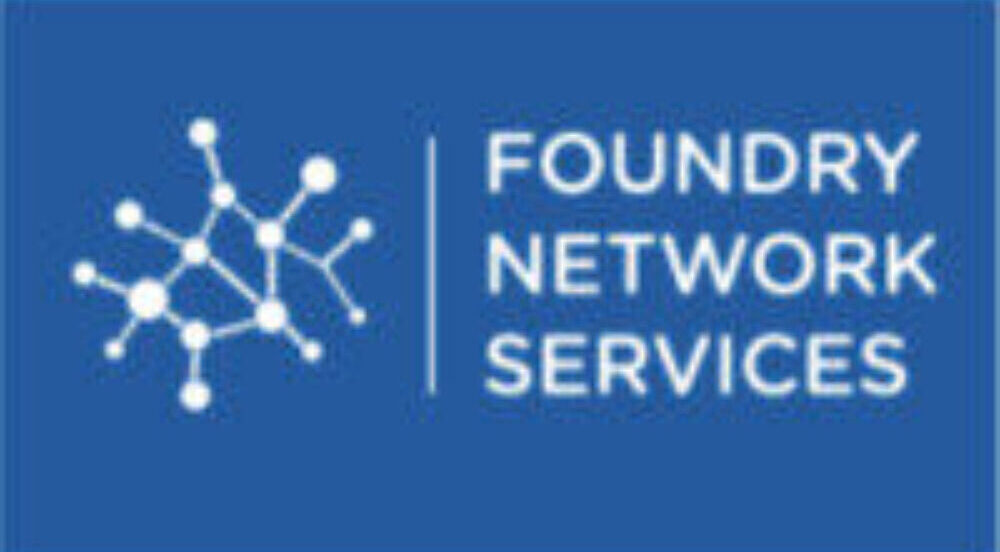
- IoT Strategy and Consulting: This involves helping businesses understand the potential benefits of IoT and how it can be used to meet their specific business goals. This may include conducting market research, analyzing data, and creating a roadmap for implementing IoT solutions.
- IoT Platform Development: This involves developing an IoT platform that can be used to connect, manage, and analyze data from various IoT devices and sensors. This may include creating custom APIs, building dashboards, and integrating with other systems.
- Device Design and Development: This involves designing and developing custom IoT devices and sensors that can be used to collect data and perform specific functions. This may include prototyping, testing, and manufacturing.
- Device Integration: This involves integrating IoT devices and sensors with other systems, such as databases, cloud platforms, and enterprise applications. This may include creating custom integrations, using existing APIs, and implementing protocols such as MQTT.
- Data Management and Analysis: This involves collecting, storing, and analyzing data from IoT devices and sensors. This may include creating custom algorithms, using machine learning and analytics tools, and creating dashboards and reports.
- Security: This involves ensuring that IoT systems are secure from threats such as hacking, data breaches, and unauthorized access. This may include implementing security protocols, conducting security assessments, and creating security policies.
- Support and Maintenance: This involves providing ongoing support and maintenance for IoT systems, including troubleshooting, bug fixes, and updates. This may also include providing training and documentation for users.
- IoT Project Management: This involves managing the entire lifecycle of an IoT project, from planning and design to implementation and deployment. This may include coordinating with multiple stakeholders, managing budgets and timelines, and ensuring that the project stays on track.
- IoT Applications: This involves developing custom applications that utilize IoT data and functionality, such as applications for asset tracking, predictive maintenance, or remote monitoring.
- IoT Integration: This involves integrating IoT systems with other technologies, such as artificial intelligence, blockchain, or edge computing. This may include creating custom integrations or using existing APIs and platforms.
